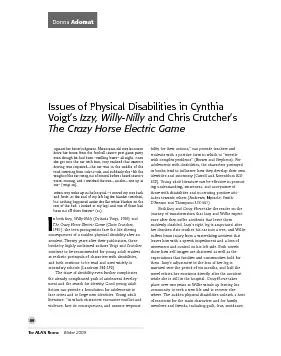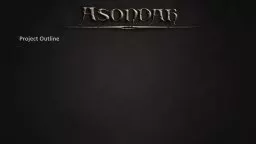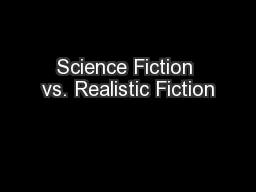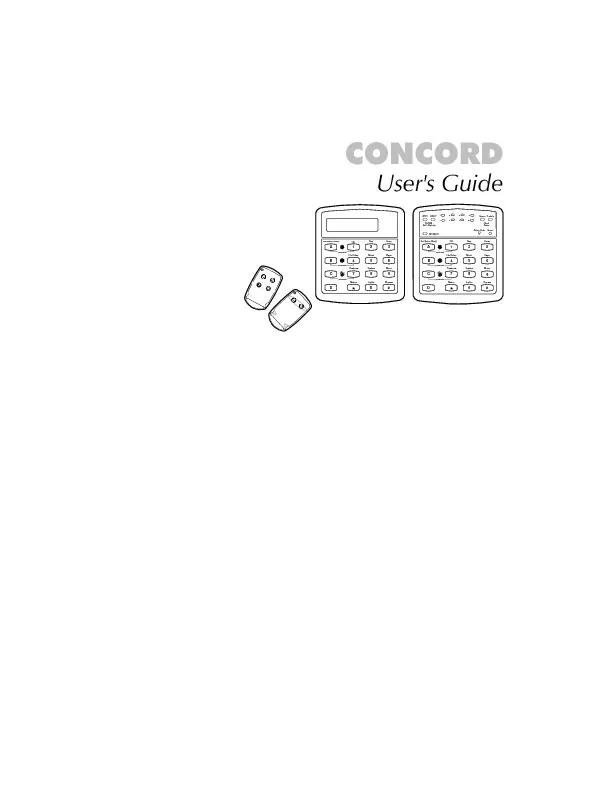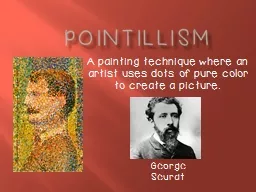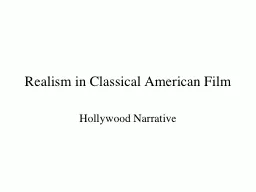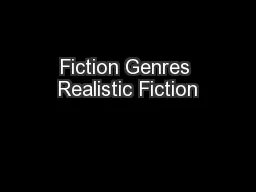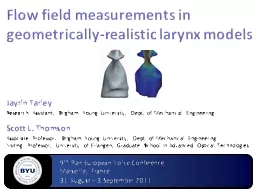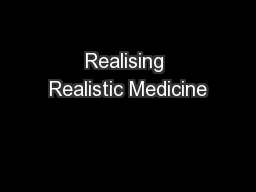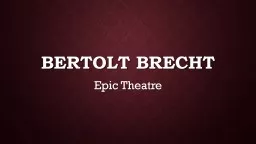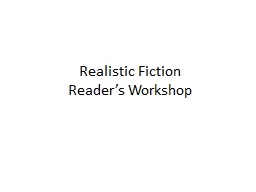PDF-The complex, realistic portrayals of physicaldisabilities in both of t
Author : myesha-ticknor | Published Date : 2015-12-07
ALAN REVIEW h4047TARWin093609 208 PM47 ALAN REVIEW not beyond the pain of one
Presentation Embed Code
Download Presentation
Download Presentation The PPT/PDF document "The complex, realistic portrayals of phy..." is the property of its rightful owner. Permission is granted to download and print the materials on this website for personal, non-commercial use only, and to display it on your personal computer provided you do not modify the materials and that you retain all copyright notices contained in the materials. By downloading content from our website, you accept the terms of this agreement.
The complex, realistic portrayals of physicaldisabilities in both of t: Transcript
Download Rules Of Document
"The complex, realistic portrayals of physicaldisabilities in both of t"The content belongs to its owner. You may download and print it for personal use, without modification, and keep all copyright notices. By downloading, you agree to these terms.
Related Documents

